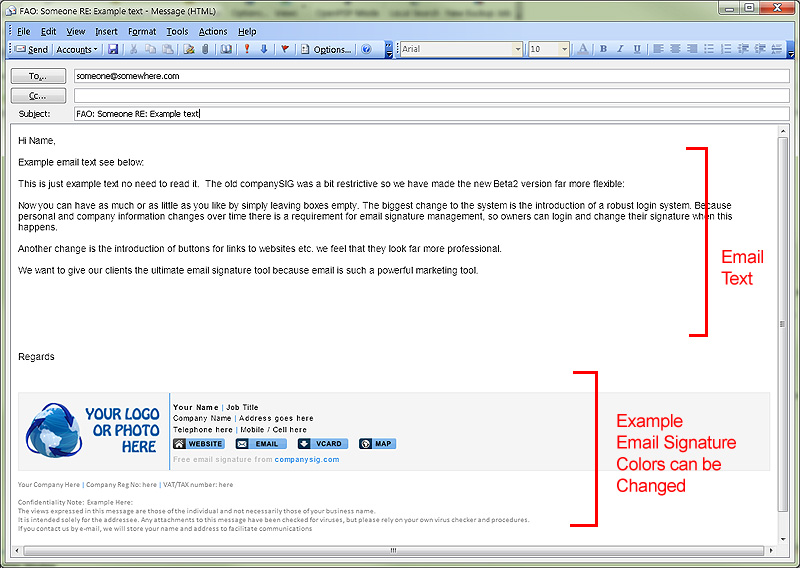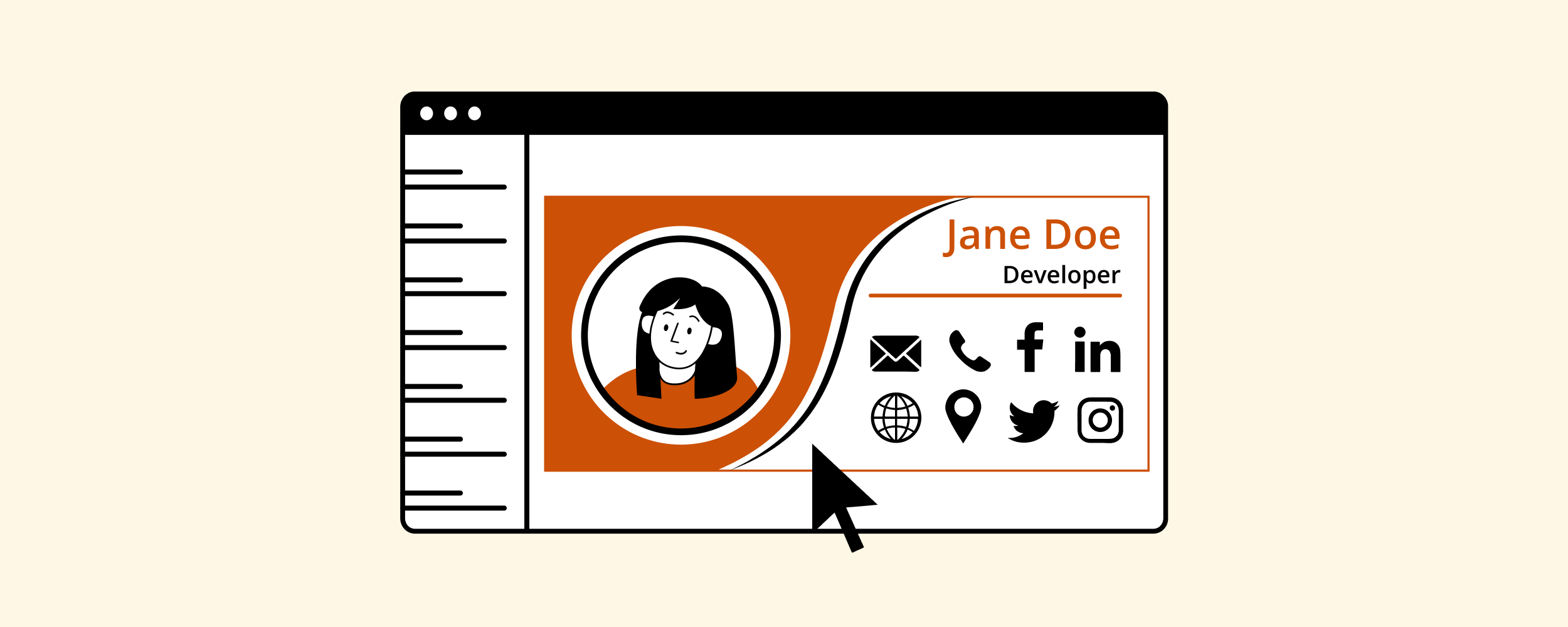

Once you’ve decided on sig line content and format, you’ll need to add it to your email program. Just make sure to keep sig lines up to date. An invitation to a special event, conference, or to subscribe to your organization’s email newsletter.An announcement of a new program, service, or publication.An issue-oriented tagline to promote an advocacy campaign.A call to contribute to a capital campaign or other fundraising focus.A quotation to share your organization’s point of view.More Creative Uses for Your Sig LineĪ signature line can be used much like a classified ad if you’re trying to motivate clients to use your services or register for your workshop. Best to drive audiences to your web site for more contact information details such as your mailing address and fax number. Inclusion of your email address is not recommended, since it’s in the “from” field of the email and gets forwarded with an email that’s passed on. Graphical elements such as a horizontal line to distinguish your sig line from the rest of the email.Social media contacts (Twitter, Facebook) and/or IM.Tagline (organizational or specific event, campaign, etc.Remember, those to whom you email frequently see your email signature line again and again. Eight lines is the maximum length, but that is pushing it. A general rule of thumb is that a good sig line is four-six lines in length.
#PROPER EMAIL SIGNATURE EXAMPLES HOW TO#
Twitter, Facebook and/or IM here (optional) How to Create an Effective Email Sig Lineįirst of all, keep it brief. I recommend cutting the street address (2 lines), line space, fax number, and email address and adding the organization’s web address. To protect the innocent, I’ll use a generic version of the sample I was analyzing for this example. Here is an example of a good email sig and a recommendation to make it even stronger. Serves as a cognitive flag, enabling email recipients to make connections among emails received from various members of your organization.The sig line becomes a key element of overall branding. Builds a brand or recognizable identity for your organization.Sig line consistency benefits your organization in the following ways: However, certain elements (organization name, web site address, tagline) and the order of elements should be standard for all staff sig lines.

Specifics such as name, title, email, and direct phone line obviously will change. What’s critical is that everyone in your organization uses the same sig line format. How a Consistent Email Signature Style Benefits Your Organization That’s a lot more than can quickly be deciphered from your email address in the “from” field.īeyond this most basic benefit, your email signature is a business card or ad that alerts the recipient to special news and enables them to have direct access to your web site or send email back to you with the swift click of a mouse. Most importantly, in this age when we’re all inundated with too many emails, your email signature is a clear signal to your recipient that the message is from you and provides the context (e.g., job title, organization name, and web site) that reminds that person who you are and enriches their understanding of your message. Making the most of your sig lines, for yourself and every colleague in your organization, is analogous to leaving your business cards - but even more powerful.

Twitter: What a Strong Email Signature Does for Your Organization Helping Nonprofits Succeed through Effective Marketing Consider your sig line as your online business card with “callback” abilities. In general, your email signature is information automatically added as the last few lines of your outgoing email to let people know who/where/what you are. If you have 100 employees, that’s 375,000 cards or ads annually.

What’s interesting is how seldom sig lines are used.Ĭonsider this: If your organization has 30 employees, each of whom sends 15 emails daily outside the organization, then (assuming 250 business days) that’s 112,500 business cards or ads distributed annually, at no cost. sig lines) are powerful, low-cost, high-return marketing tools (a virtual business card or ad) for your foundation or organization.


 0 kommentar(er)
0 kommentar(er)
